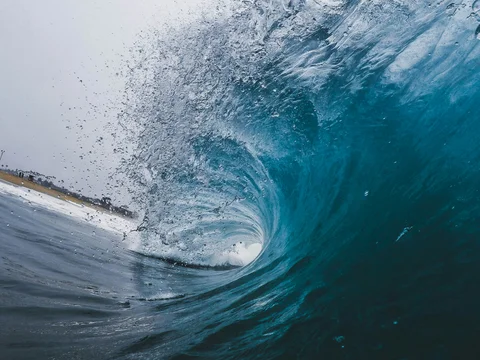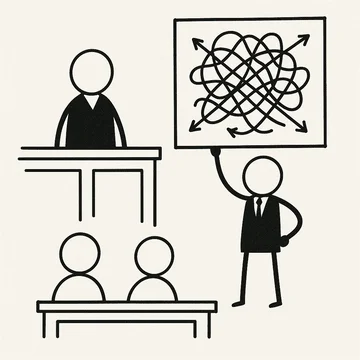The practice of supplementing contentions after the Court issues a claim construction ruling has become commonplace in this District. For the litigants, this timing is generally advantageous because it permits final contentions to be drafted with the Court's claim construction ruling in hand, and does not require the development of alternative positions that take into account each side's claim construction positions.
On the other hand, because the Markman process (in particular the identification of the terms in dispute) often occurs months before final contentions are due, it is not unusual for final detailed contentions to result in additional claim construction disputes, which the Court must resolve long after the initial Markman process.
Judge Noreika recently issued oral orders in several cases specifically to address this timing. A few days after the parties in those cases had submitted proposed scheduling orders, Judge Noreika issued the below order:
The parties in these cases shall provide final contentions (i.e., final infringement and invalidity contentions, as well as final non-infringement and validity contentions) at least three weeks before Plaintiff serves its opening claim construction brief. The parties are encouraged to exchange proposed claim terms and proposed constructions early in the case and certainly prior to the deadline for final contentions. Final contentions shall include a party's contentions under its proposed construction(s), as well as under the opposing construction(s) (if such an alternative contention exists). The joint claim construction chart shall be due one week after the parties have completed their exchange of final contentions, and the joint claim construction brief must be filed at least three weeks before the claim construction hearing. The parties shall leave at least three weeks between the claim construction hearing and the opening of expert discovery.
This procedure is notable in several respects:
First, it includes not only final infringement and invalidity contentions (i.e., contentions for the issues on which the parties bear the burden of proof) but also non-infringement and validity contentions, which are not typically part of the staged contention schedule, and are instead addressed in interrogatory responses (and thus possibly subject to different deadlines for supplementation).
Second, it encourages parties to exchange proposed terms and constructions before the deadline for final contentions, but requires that the joint claim chart is filed after the final contention deadline. That will likely mean a substantial amount of jockeying in the claim construction process between the time final contentions are issued and the submission of the joint claim chart.
Third, it requires that the disclosure of each party's contentions under its own constructions and its alternative contentions under the opposing party's constructions (if such alternative contentions exist). Parties would be well-advised to include alternative contentions if they have them.
Fourth, the order requires at least three weeks between the claim construction hearing and the opening of expert discovery. Judge Noreika often provides claim construction rulings from the bench, and a three-week gap would provide (just) enough time for the parties and their experts time to focus on the claim construction positions adopted by the Court, and avoid having to provide alternative positions.
Although this order encourages parties to exchange claim construction positions "early in the case," it seems likely that parties will propose later Markman deadlines in addition to earlier final contention deadlines, to ensure that sufficient fact discovery has occurred to create meaningful final contentions.
If you enjoyed this post, consider subscribing to receive free e-mail updates about new posts.





